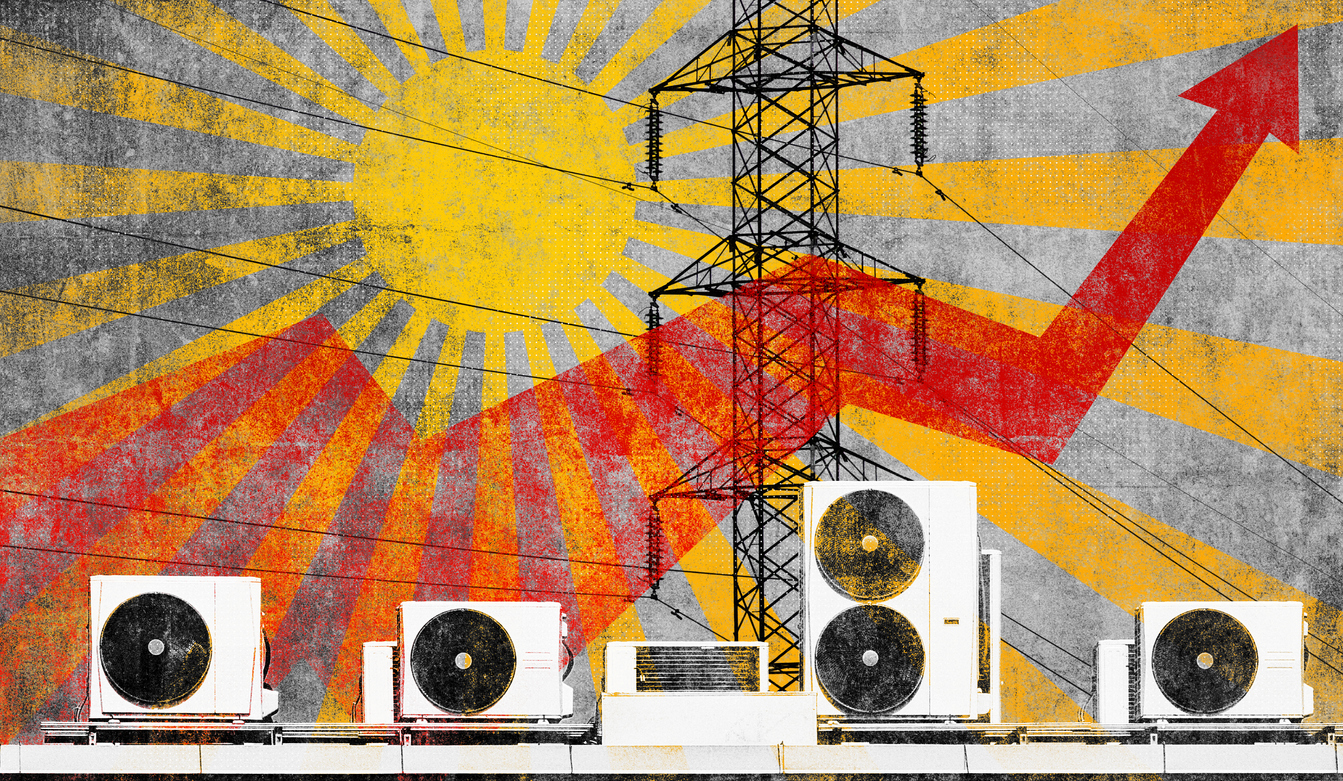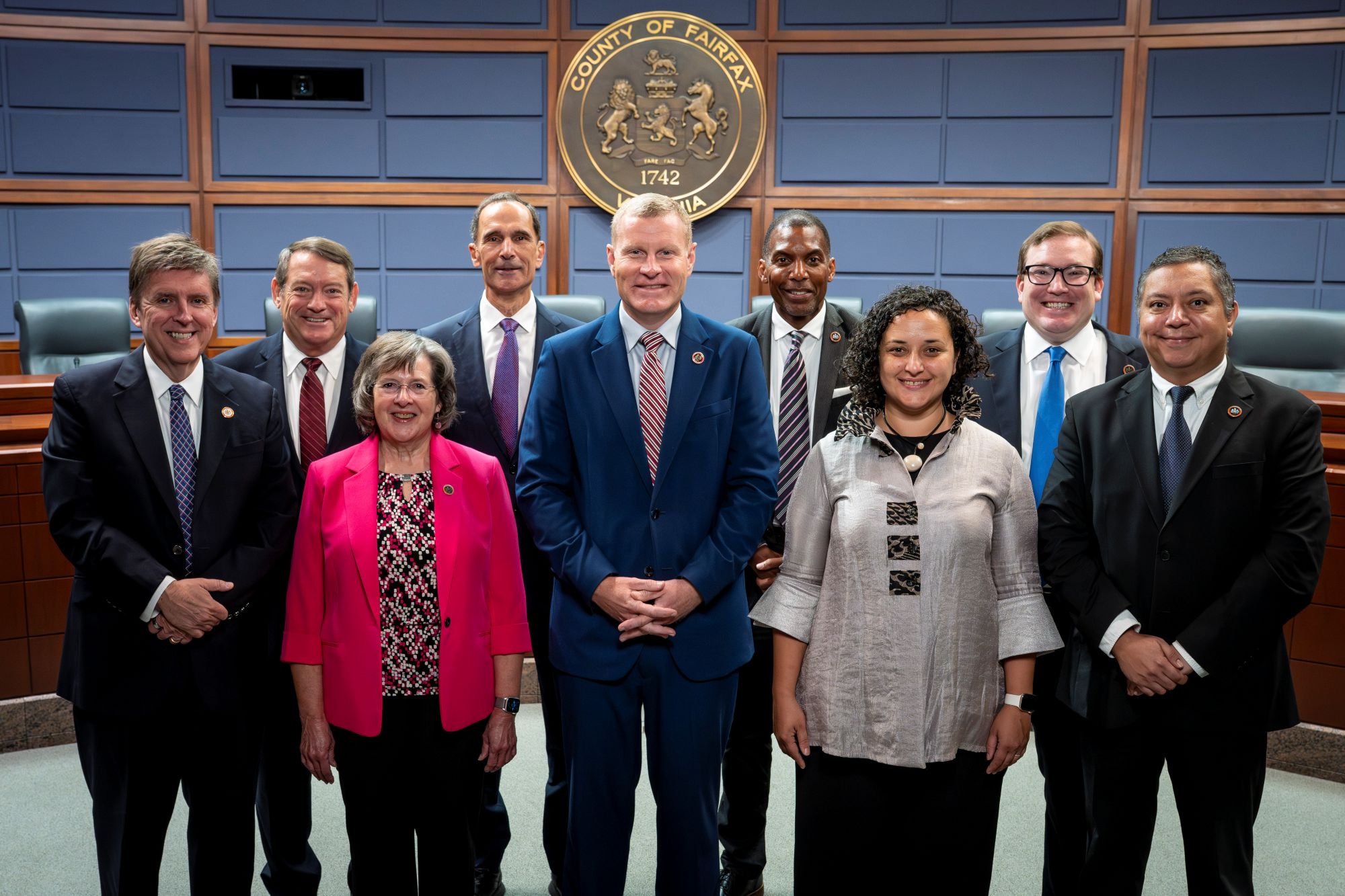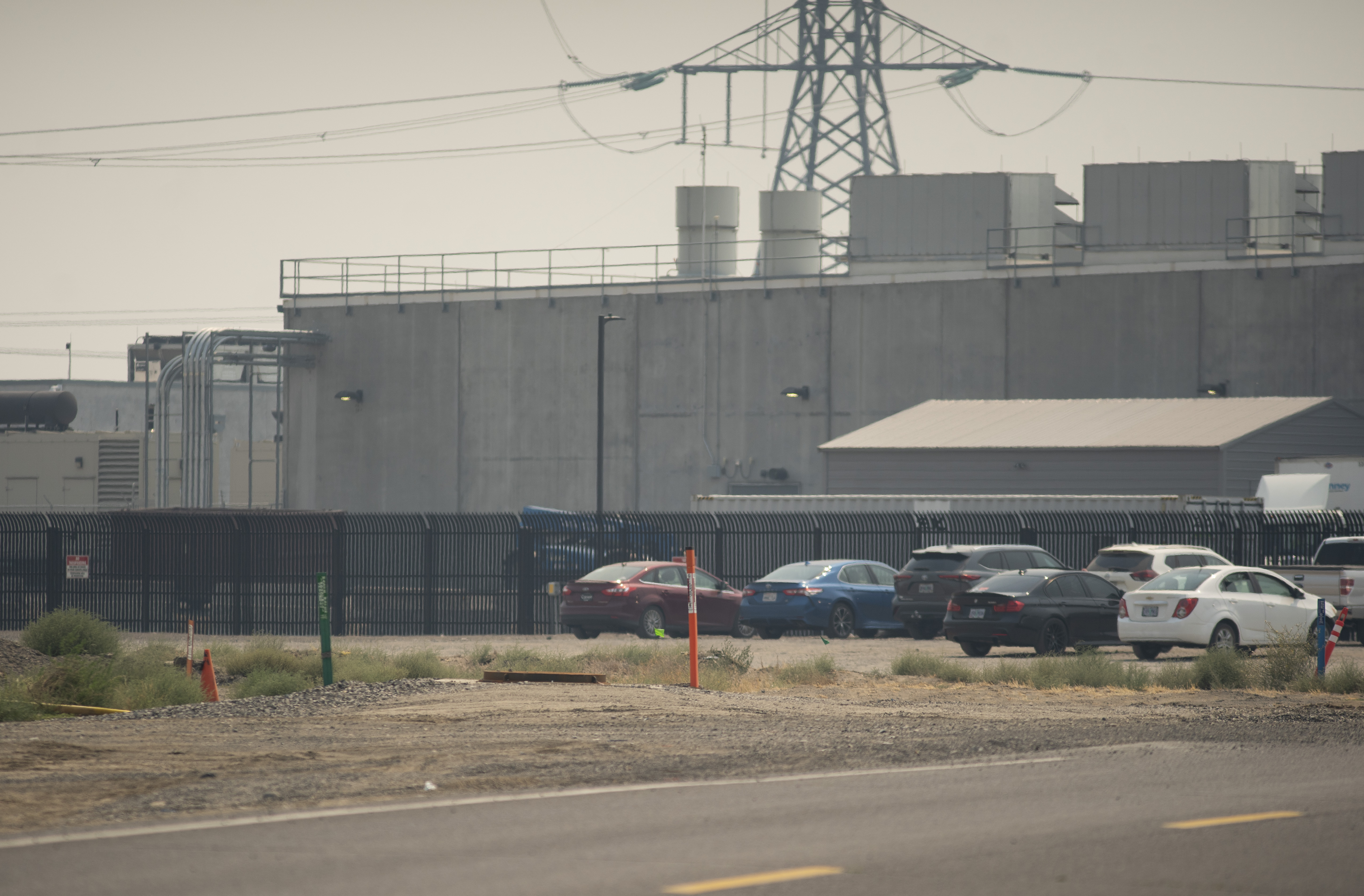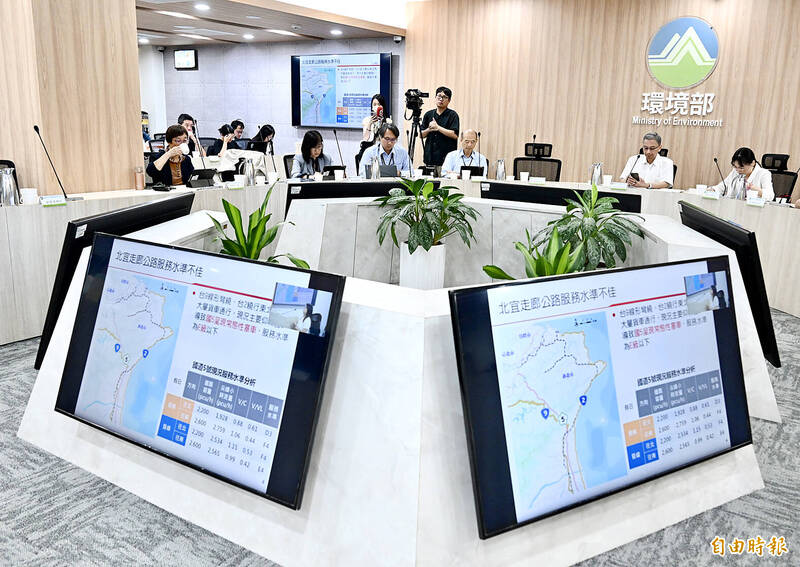Report on Ozone-Depleting Substance (ODS) Destruction Credits and Alignment with Sustainable Development Goals
Executive Summary: Aligning ODS Destruction with Sustainable Development Goals
Projects focused on the destruction of Ozone-Depleting Substances (ODS) represent a significant contribution to global climate objectives, directly supporting SDG 13 (Climate Action). ODS are potent greenhouse gases (GHGs), and their destruction prevents substantial atmospheric damage. These projects are highly additional, incentivizing the permanent disposal of harmful substances that existing regulations, such as the Montreal Protocol, do not fully address.
The integrity of ODS credits is recognized by the market, with several methodologies receiving approval from the Integrity Council for the Voluntary Carbon Market (ICVCM). However, scaling these projects requires overcoming specific challenges that intersect with multiple SDGs:
- Monitoring, Reporting, and Verification (MRV): Ensuring a transparent and secure chain of custody for ODS is critical. This aligns with SDG 12 (Responsible Consumption and Production) by promoting sound management of hazardous materials. Mitigation involves close collaboration with host countries and the use of digital MRV systems.
- Baseline Assumptions: Conservative accounting for ODS leakage rates ensures the credibility of emissions reductions, reinforcing the project’s impact on SDG 13.
- Infrastructure and Capacity Gaps: The limited availability of destruction facilities and technical expertise in developing (Article 5) countries presents a barrier. Carbon finance can address this by supporting SDG 9 (Industry, Innovation, and Infrastructure) through investment in new facilities and SDG 8 (Decent Work and Economic Growth) by funding local technician training.
- Equity and Partnerships: Transporting ODS from developing to developed nations for destruction raises concerns related to SDG 10 (Reduced Inequalities). Future growth depends on fostering equitable partnerships and benefit-sharing, a core tenet of SDG 17 (Partnerships for the Goals).
Overall, carbon finance is a catalytic tool that can help ODS destruction projects overcome logistical and financial hurdles, scaling their profound impact on climate mitigation and advancing a suite of interconnected Sustainable Development Goals.
Credit Type Overview: A Framework for Climate and Ozone Layer Protection
The Dual Threat of ODS and the Imperative for Climate Action (SDG 13)
Ozone-depleting substances (ODSs), including chlorofluorocarbons (CFCs) and hydrochlorofluorocarbons (HCFCs), pose a twofold environmental threat. They erode the Earth’s protective ozone layer and are also super-pollutant greenhouse gases with global warming potentials thousands of times higher than carbon dioxide. Their widespread historical use in refrigeration, air conditioning, and insulation foam has left a legacy of ODS in existing equipment and stockpiles.
The Montreal Protocol, a landmark international treaty, successfully curtailed the production of new ODS. However, it does not mandate the destruction of existing ODS banks. These substances continue to leak into the atmosphere from aging equipment and during disposal, undermining progress on SDG 13 (Climate Action). In many regions, particularly where disposal infrastructure is lacking, these gases are illegally vented.
The Role of the Voluntary Carbon Market (VCM) in Supporting Sustainable Development
ODS destruction projects financed through the Voluntary Carbon Market (VCM) provide a critical financial incentive to collect and permanently eliminate these harmful gases. By creating value for an activity that policy frameworks do not compel, these projects offer a highly additional and impactful climate benefit. The VCM enables the operationalization of SDG 12 (Responsible Consumption and Production) by ensuring the sound management of chemical waste. Furthermore, it has the potential to overcome logistical and financial barriers, unlocking a pathway to eliminate some of the world’s most dangerous pollutants and contributing significantly to global sustainability targets.
Project Activities and Contributions to Sustainable Development
The ODS Destruction Process
ODS destruction projects prevent emissions by collecting gases from stockpiles and equipment and transporting them to certified facilities for permanent elimination. These facilities adhere to strict performance standards established by the Montreal Protocol’s Technology and Economic Assessment Panel (TEAP), ensuring that ODS are broken down with near-total efficiency. This process offers a permanent solution to both ozone depletion and climate change, directly delivering on the objectives of SDG 13.
Overcoming Barriers to Scale and Advancing the SDGs
Scaling ODS destruction requires addressing several key barriers. Carbon finance is instrumental in transforming these challenges into opportunities for sustainable development.
- Limited Destruction Infrastructure: Most certified destruction facilities are located in developed (non-Article 5) countries. Carbon finance can fund the construction of new facilities in developing nations, advancing SDG 9 (Industry, Innovation, and Infrastructure) and creating local economic value.
- Transboundary Movement Restrictions: The Basel Convention regulates the transport of hazardous waste, including ODS, creating complex logistical hurdles. Overcoming these requires robust international cooperation, highlighting the importance of SDG 17 (Partnerships for the Goals) between developers, governments, and regulatory bodies.
- Gaps in Technical Capacity: Safe ODS recovery requires skilled technicians and specialized equipment, which are often scarce in Article 5 countries. Investment from carbon credit revenues can support training programs and technology transfer, contributing to SDG 8 (Decent Work and Economic Growth) by building a skilled local workforce.
- Economic Feasibility: Extracting ODS from sources like insulation foam is technically challenging and expensive. Carbon finance can drive research and development into new, cost-effective recovery and destruction technologies, such as mobile destruction units, fostering innovation under SDG 9.
Market Analysis: Trends, Growth, and Global Partnerships (SDG 17)
Market Overview and Key Methodologies
The VCM for ODS destruction is well-established, with methodologies from the Climate Action Reserve (CAR), American Carbon Registry (ACR), and Verified Carbon Standard (VCS). Several of these have achieved Core Carbon Principles (CCP) approval from the ICVCM, signaling high quality. To date, nearly 7 million credits have been issued, with a high retirement rate of 73.5%, indicating strong and sustained demand for this credit type’s contribution to corporate and national climate goals.
Geographic Distribution and Market Dynamics
Historically, the majority of ODS credits (nearly 75%) have originated from projects in the United States, where reclamation technology and infrastructure are well-established. However, successful public-private partnerships, such as the one between the Thai Government and developer Tradewater, demonstrate a viable model for scaling projects in Article 5 countries. This form of collaboration is a prime example of SDG 17 (Partnerships for the Goals) in action.
The supply of VCM credits from the US has been influenced by state-level compliance markets (California and Washington), which offer higher prices and have absorbed significant ODS destruction capacity. This highlights the opportunity for the VCM to focus on expanding projects internationally, particularly in developing nations where the largest remaining ODS stockpiles exist and where co-benefits related to other SDGs can be maximized.
Quality and Risk Assessment through an SDG Lens
Additionality and Baselines: Ensuring Genuine Climate Action (SDG 13)
ODS destruction projects are considered highly additional, as the common practice is for these gases to leak or be vented illegally over time. The primary risk relates to baseline assumptions about leakage rates. To ensure the integrity of contributions to SDG 13, active methodologies employ conservative assumptions, which may underestimate avoided emissions, thereby reducing the risk of over-crediting. This conservative approach strengthens the credibility of the resulting carbon credits.
Leakage and Permanence: Guaranteeing Lasting Impact
The risk of emissions leakage is minimal, as most recovered ODS gases are not pure enough for reuse and legacy equipment is being phased out globally. The destruction process itself is irreversible, making the climate benefits permanent and durable, a crucial feature for any credible climate intervention under SDG 13.
GHG Accounting and MRV: Upholding Integrity and Transparency (SDG 12)
Effective Monitoring, Reporting, and Verification (MRV) is essential for project integrity. The key challenge is maintaining a secure and verifiable chain of custody, from collection to destruction, especially when ODS is aggregated from multiple sources or transported across borders. This process is fundamental to SDG 12’s goal of responsible chemical and waste management. Strong projects mitigate this risk through:
- Close collaboration with government authorities in exporting and importing countries.
- Use of digital MRV systems to ensure data security and transparency.
- Thorough vetting of ODS suppliers.
Socio-Environmental Safeguards: Promoting Climate Justice and Reducing Inequalities (SDG 10)
While ODS projects deliver significant global environmental benefits, they carry a risk of exacerbating inequities if not designed thoughtfully. When ODS is sourced from Article 5 countries but destroyed in developed nations, financial benefits may not be shared equitably. This poses a challenge to SDG 10 (Reduced Inequalities). To mitigate this risk and promote climate justice, projects should:
- Implement clear benefit-sharing agreements with source countries.
- Prioritize in-country destruction where feasible to build local economies.
- Invest in local capacity-building, including training and infrastructure, to ensure developing countries can participate more fully in and benefit from the VCM. This aligns project activities with SDG 8 and SDG 9.
Future Prospects: Scaling Impact for Global Goals
The Catalytic Role of Carbon Finance
ODS recovery and destruction projects offer high-impact, high-integrity credits that directly advance SDG 13 and provide significant co-benefits related to other SDGs. The primary challenge is scaling these activities, particularly in Article 5 countries where the largest ODS stockpiles and greatest need for infrastructure exist. Carbon finance, especially through long-term offtake agreements, can provide the necessary capital to overcome high upfront costs and logistical hurdles.
Recommendations for Stakeholders to Advance the SDGs
To realize the full potential of ODS destruction, concerted action is needed from all stakeholders:
- Buyers: Prioritize long-term forward offtake agreements to provide developers with the financial security needed to invest in infrastructure and capacity-building in underserved regions, directly supporting SDG 9 and SDG 10.
- Developers: Integrate equity and capacity-building into project design, ensuring that Article 5 countries benefit from ODS management activities through job creation (SDG 8) and technology transfer.
- Standard-Setters and Researchers: Continue to refine methodologies and support research into new technologies for accessing hard-to-reach ODS sources, such as insulation foams, to expand the scope of mitigation.
By taking these steps, ODS recovery and destruction can become a cornerstone of a high-integrity VCM that not only delivers critical climate mitigation but also drives equitable and sustainable development worldwide.
Which SDGs are addressed or connected to the issues highlighted in the article?
SDG 13: Climate Action
- The article’s central theme is the destruction of Ozone-Depleting Substances (ODSs) precisely because they are potent greenhouse gases (GHGs) with “global warming potentials hundreds to thousands of times that of carbon dioxide.” The entire mechanism of generating carbon credits for ODS destruction is a direct climate change mitigation strategy.
SDG 12: Responsible Consumption and Production
- The article focuses on the “environmentally sound management of chemicals and all wastes,” specifically ODS gases that are at their end-of-life. The projects described involve collecting and destroying these hazardous substances to prevent their release, aligning with goals to manage waste and reduce pollution.
SDG 9: Industry, Innovation, and Infrastructure
- A key challenge identified is the “limited number of destruction facilities,” especially in developing (Article 5) countries. The article calls for carbon finance to support “the development of additional destruction facilities” and “research into new technology for recovering or destroying ODSs,” which directly relates to building resilient infrastructure and fostering innovation.
SDG 17: Partnerships for the Goals
- The article operates within the context of the Voluntary Carbon Market (VCM), a multi-stakeholder partnership. It explicitly mentions the Montreal Protocol as a “groundbreaking international agreement” and highlights a successful “public–private partnership between the Thai Government and the project developer Tradewater” as an example of effective collaboration.
SDG 10: Reduced Inequalities
- The article addresses equity issues, noting that most projects source ODS from developing (Article 5) countries but transport them to developed nations for destruction. It points out that this can “exacerbate the already severe climate and financing inequities” and advocates for “clear cooperation and benefit-sharing agreements with ODS source countries” and building local capacity.
What specific targets under those SDGs can be identified based on the article’s content?
Under SDG 13: Climate Action
- Target 13.2: Integrate climate change measures into national policies, strategies and planning. The article highlights that ODS destruction projects provide “a crucial financial incentive for activities that current policy frameworks do not support,” indicating a gap where these projects supplement national climate action.
- Target 13.3: Improve education, awareness-raising and human and institutional capacity on climate change mitigation. The article states that carbon finance can catalyze “technician training, expand ODS destruction infrastructure… and building local capacity to manage ODS gases.”
Under SDG 12: Responsible Consumption and Production
- Target 12.4: By 2020, achieve the environmentally sound management of chemicals and all wastes throughout their life cycle… and significantly reduce their release to air. The core activity of the projects is to “safely collecting and destroying both virgin and used ODS gases” to prevent them from leaking into the atmosphere.
Under SDG 9: Industry, Innovation, and Infrastructure
- Target 9.4: By 2030, upgrade infrastructure and retrofit industries to make them sustainable. The article identifies a critical need to build “new destruction facilities in Article 5 countries” and mentions the potential for “new technologies — such as mobile ODS destruction.”
- Target 9.b: Support domestic technology development, research and innovation in developing countries. The text calls for financial support to “drive research into new technology for recovering or destroying ODSs” and to build “local capacity to manage ODS gases” in developing nations.
Under SDG 17: Partnerships for the Goals
- Target 17.17: Encourage and promote effective public, public-private and civil society partnerships. The article provides a concrete example of such a partnership in Thailand “between the Thai Government and the project developer Tradewater to destroy ODS stockpiles.”
Under SDG 10: Reduced Inequalities
- Target 10.a: Implement the principle of special and differential treatment for developing countries. The article discusses how the Montreal Protocol gives Article 5 (developing) countries more time to phase out ODS. It also advocates for project designs that “invest in training, infrastructure, and recovery systems when working in Article 5 countries” to avoid exacerbating inequities.
Are there any indicators mentioned or implied in the article that can be used to measure progress towards the identified targets?
Indicators for Climate Action and Responsible Production (Targets 13.2, 12.4)
- Volume of ODS destroyed: The article quantifies impact through carbon credits, stating that standards have issued “nearly 7 million credits” on the VCM, where credits represent a volume of avoided GHG emissions.
- Retirement rate of carbon credits: The article mentions a “retirement rate of 73.5%,” which serves as an indicator of the actual use and demand for these climate mitigation projects.
- Number of ODS destruction projects: The article provides data on the number of registered projects and projects generating credits under various standards (e.g., “ACR… 20 Registered Projects”).
Indicators for Infrastructure and Capacity Building (Targets 9.4, 9.b, 13.3)
- Number of destruction facilities in developing countries: The article implies this is a key metric by stating there is a “limited number of destruction facilities” and a “lack of available destruction facilities” in Article 5 countries. Progress would be measured by an increase in this number.
- Investment in new technologies: Progress can be measured by the amount of “carbon finance” directed towards “research into managing and extracting ODSs in foam” and developing “mobile ODS destruction” units.
- Number of trained technicians in developing countries: The article identifies a need for “skilled technicians” and suggests that “technician training” is a key area for investment.
Indicators for Reduced Inequalities and Partnerships (Targets 10.a, 17.17)
- Existence of benefit-sharing agreements: The article suggests that projects should implement “clear cooperation and benefit-sharing agreements with ODS source countries.” The number of projects with such agreements would be a key indicator of equitable practice.
- Location of ODS destruction: An indicator of progress would be an increase in the proportion of ODS destroyed in their country of origin, as the article notes that currently, “Most projects opt to move ODSs to developed countries for destruction.”
- Number of public-private partnerships: The article cites the partnership in Thailand as a model, implying that the formation of similar partnerships in other countries would be a positive indicator.
SDGs, Targets, and Indicators Analysis
| SDGs | Targets | Indicators |
|---|---|---|
| SDG 13: Climate Action | Target 13.2: Integrate climate change measures into national policies, strategies and planning. |
|
| SDG 12: Responsible Consumption and Production | Target 12.4: Achieve the environmentally sound management of chemicals and all wastes throughout their life cycle. |
|
| SDG 9: Industry, Innovation, and Infrastructure | Target 9.4: Upgrade infrastructure and retrofit industries to make them sustainable.
Target 9.b: Support domestic technology development, research and innovation in developing countries. |
|
| SDG 10: Reduced Inequalities | Target 10.a: Implement the principle of special and differential treatment for developing countries. |
|
| SDG 17: Partnerships for the Goals | Target 17.17: Encourage and promote effective public, public-private and civil society partnerships. |
|
Source: rmi.org






